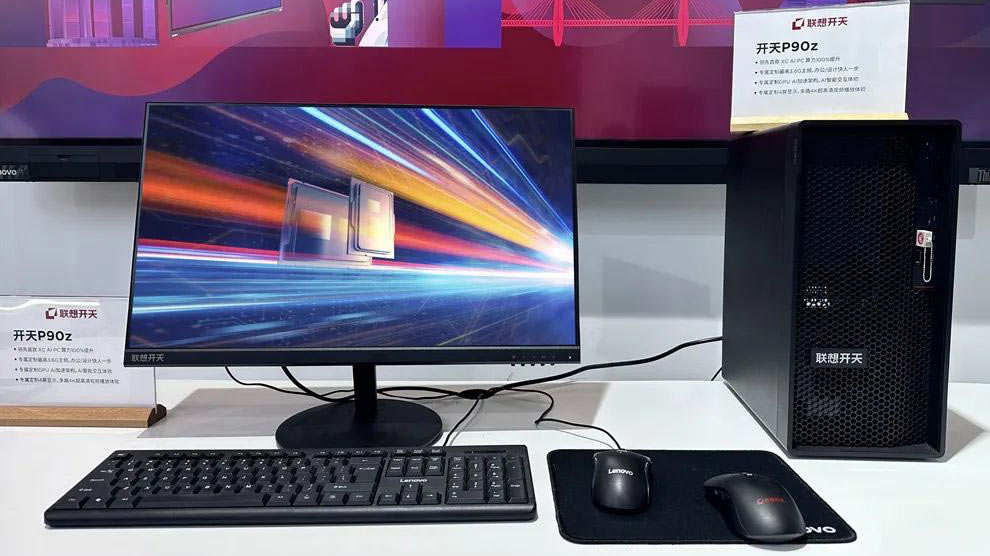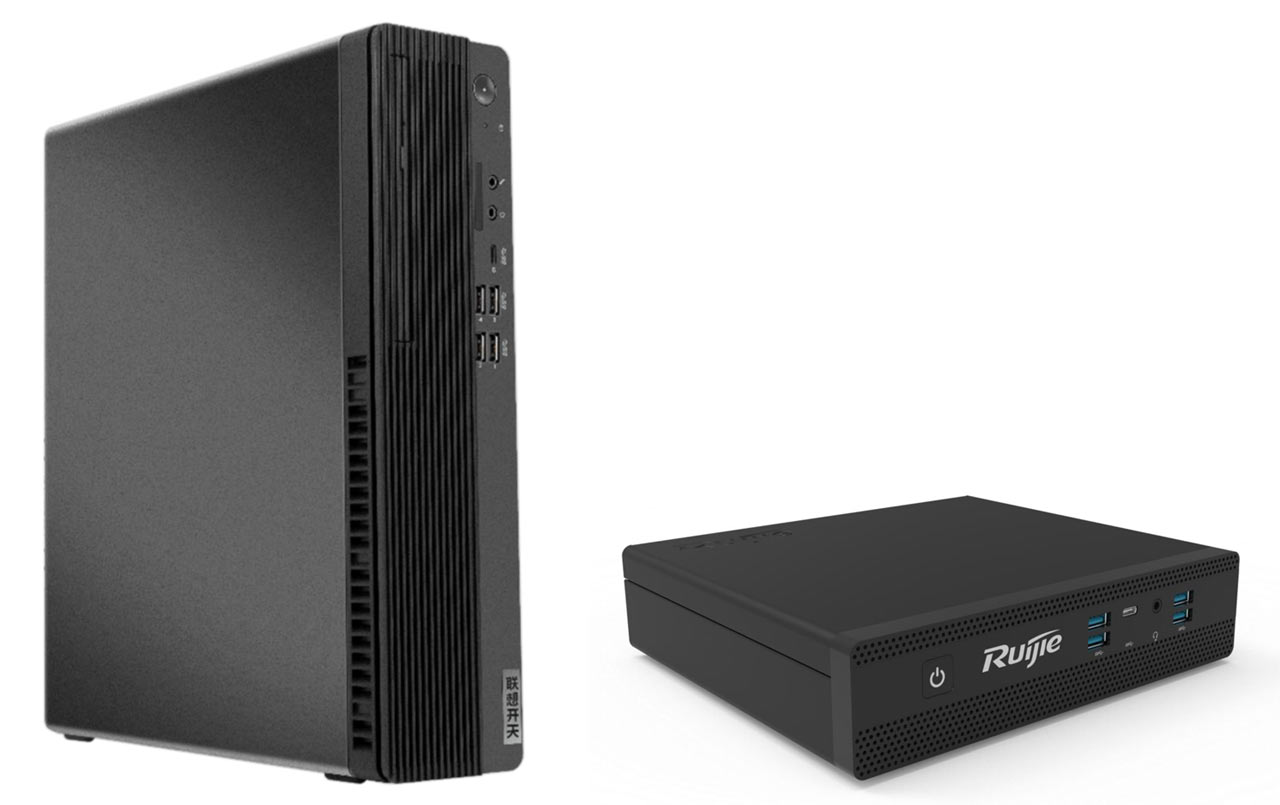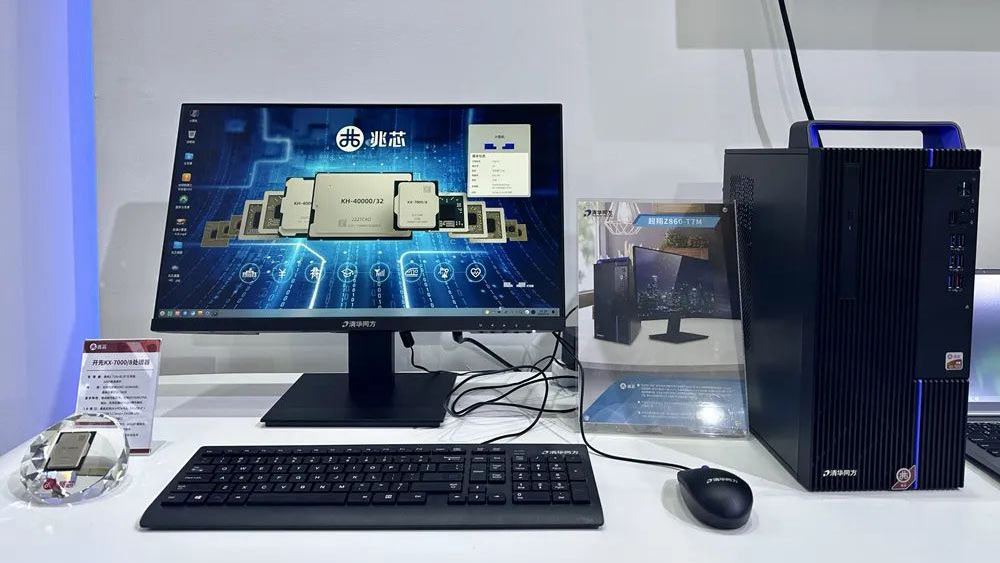
Zhaoxin, the Chinese tech firm behind CPUs like the Kaixian KX-6000 and KX-7000 series, has announced a flurry of computer designs from demostic vendors. It says companies including Lenovo, Tsinghua, Ziguang, Ruijie, Honghe, and Seewo have a broad range of Kaixian processor-powered devices ready. The firm shared the “big news” in a blog post about the recent 83rd China Educational Equipment Exhibition.
Quite a wide range of systems were showcased at the educational event. There was a mix of “PC terminals, notebooks, smart blackboards, and interactive large screens based on Zhaoxin's independent processor platform,” on the show floor according to the company.
Probably the biggest Kaixian KX-7000 series processor partner is Lenovo, which showed off a “high-end flagship,” desktop PC dubbed the P90z G1t. Inside this nondescript 17-liter black tower resides a KX-7000 series processor with eight cores, running up to 3.6 GHz. The standard configuration also comes with 16GB of RAM (expandable to 128GB), and a 512GB M.2 NVMe SSD (with spare capacity for more drives). This desktop tower also has 10M/100M/1000M Ethernet, 8x USB 3.0 Type-A ports, and one USB 3.0 with a Type-C connector. Optional discrete graphics and wireless networking can be configured.
Lenovo also showcased a more compact model, dubbed the M90z G1s. Specs look very similar to the above, and it can also fit a discrete graphics card if the iGPU isn’t powerful enough for the use case. The only difference we could see on the spec list is that this system is more compact at 8.2 liters. We will assume the M90z G1s will face more restrictions in the amount of extra storage devices it can house, and perhaps the size of the discrete GPU which can be fitted.


Elsewhere in the Zhaoxin press release about the education industry design wins we can see Tongfang and Ruijie showcased 15 liter and SFF PCs. They all seem to use the same processor: the Zhaoxin Kaixian KX-7000 series processor, with eight cores, and clocks up to 3.6 GHz. Sadly, there’s no further information or pictures showing devices like laptops and smart blackboards.
As an x86 platform, the above-outlined systems should be able to run Microsoft Windows or various Western Linux distros. However, China’s current thrust is in the direction of both hardware and software independence. With that in mind, Zhaoxin highlights “UOS, Galaxy Kirin, Zhongke Founder, and other operating systems,” are all happy to reside on these new platforms.
The above design wins are evidence of newfound momentum behind Zhaoxin and its new KX-7000 series processors. It sounds like many more are in the pipeline, with domestic brands like Unisoc, Shengteng, Lianhe Donghai, Haier, Datang Gaohong, Baoxinchuang, Zhiwei Intelligent, Weibu, Yidao, Medijie, Boli Intelligent claimed to be preparing Kaixian KX-7000-powered devices. Moreover, Zhuoyi and Hengwei are making systems for the government, industry, and enterprise.
Benchmark evidence we have seen indicates that the Kaixian KX-7000 series processors can perform over twice as fast as their KX-6000 predecessors. From a wider perspective, though, these Chinese CPUs are probably only capable of being competitive with AMD and Intel CPUs from the mid-to-late 2010s.







